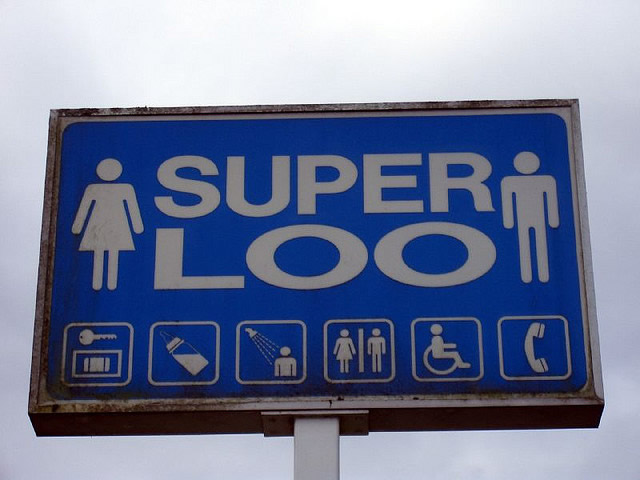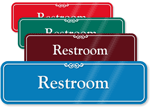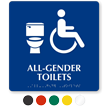Rethinking the modern restroom: How design can alleviate discrimination
Despite the social issues surrounding those two simple doors, gender-specific bathrooms are actually a design and architecture issue at heart, according to a recent FastCompany article. “With the occasional exception of how many urinals it features,” reports the site, “a bathroom is a bathroom, whether the little figure on the door wears a dress or pants.”
But gender-specific bathrooms often produce gender discrimination. “The need to pick and conform to a particular gender identity is embedded in the way we design buildings around segregated restroom facilities,” reports the site.

From m.a.r.c.
Gender discrimination is becoming a major concern on college campuses, and many students are lobbying for a change to campus facilities, including at Columbia University, Northwestern University, various University of California campuses, and the University of Washington. They are advocating for gender-neutral campus architecture, asking schools to retrofit or add bathrooms available to all users, regardless of their gender identification.
One student, Brandon Sides, called for more gender-neutral bathrooms on the University of Massachusetts campus, summing up an argument shared by many advocates in a student newspaper article: “Gender divisions don’t just hide in our pronouns, and they don’t merely tuck themselves away in marketing. They’re produced even by the designs of our public buildings.”
Sides also discussed an event at Wesleyan University last autumn, during which a group of transgender students removed gender-specific bathroom signs on campus and replaced them with signs reading “All Gender Restroom.” Wesleyan’s student newspaper reported the transgender group’s manifesto at the time, which read, in part, “We demand that Wesleyan University stop segregating bathrooms along gender lines and provide all-gender bathrooms in all buildings in the University. We believe gender-segregated bathrooms create uncomfortable and potentially dangerous situations for trans and gender-variant presenting people.”
Segregated bathrooms were originally developed in Paris in the 1700s, reports FastCompany, but the concept evolved in America in the 19th century, with the stated goal of protecting (and, in effect, segregating) women. Starting in 1887 with a Massachusetts law that stipulated gender-specific workplace bathrooms, other states passed similar laws, with many requiring other workplace protections for women.
Since then, most restrooms have been gender-specific — even state building codes and plumbing codes are framed around the concept. Today, reports FastCompany, many states maintain bathroom quotas — knowing that women tend to take longer in the restroom, for multiple reasons — to alleviate the infamous ladies’ room line.
Yet times are changing. Philadelphia now requires city-owned buildings to have at least one gender-neutral bathroom, and San Francisco policy now encourages businesses to incorporate one as well. “This means single stall, locking restrooms,” reports FastCompany, a type of bathroom that benefits parents and the disabled as well as the transgender community.
While the single-stall concept is a familiar one, many women and men may be uncomfortable with the idea of gender-neutral bathrooms with multiple stalls. Yet with the right design — those “that allow for more privacy,” and not less — the concept may soon prove to be a welcome one.
Category: Restrooms















